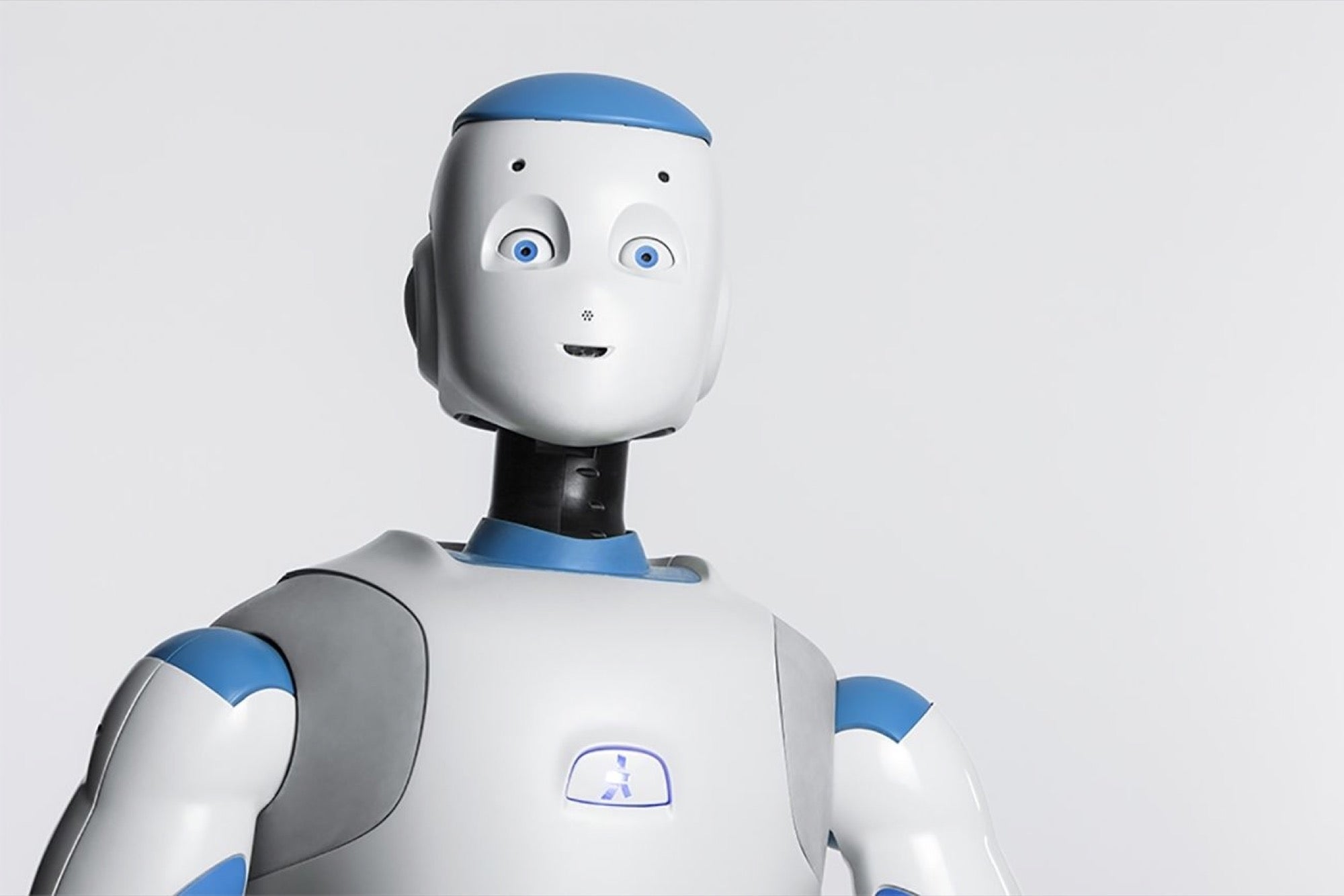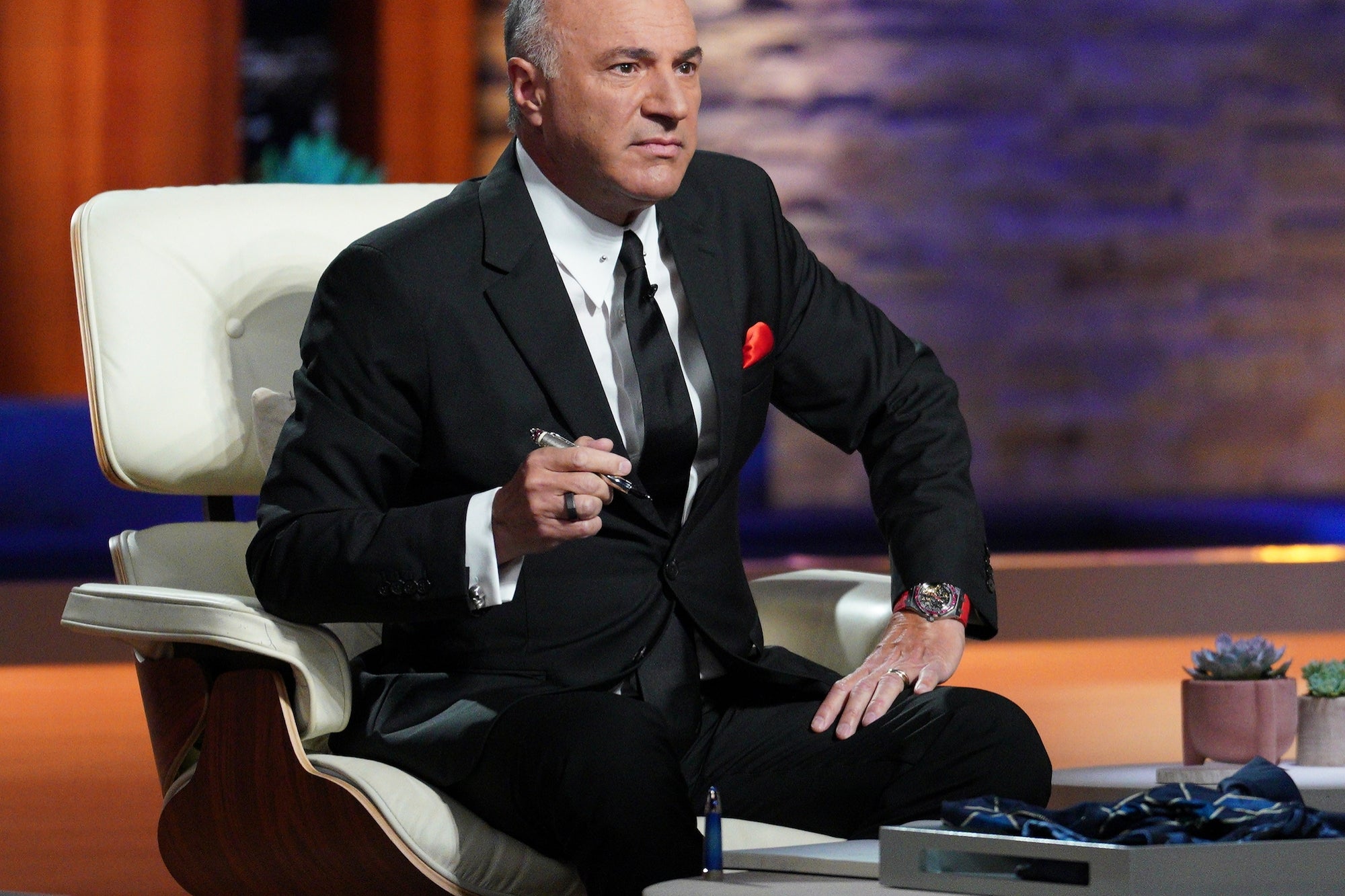Robots Will Play a Bigger Role in the Coming Years, But Not as Big as You Think Executives from Softbank Robotics and iRobot Corporation share their insights into the year's biggest trends in the field and their predictions for the immediate future.
By Stephen J. Bronner Edited by Dan Bova

Entrepreneur is on the ground at this year's Consumer Electronics Show. Check back for highlights from the event as well as insights from thought leaders and innovators.
Robots are increasingly taking their place at work and at home. While many people are concerned about the loss of jobs with increasing automation, there's no denying that this trend will only continue into the future. In fact, Mark Cuban argues that the U.S. needs to further invest in the field to stay competitive in the future.
To get a pulse on the field of robotics, its biggest trends and what to expect, we reached out to Steve Carlin, general manager and vice president of SoftBank Robotics America, maker of robot assistant Pepper, and Chris Jones, vice president of technology at iRobot Corporation, creator of the Roomba. Jones and a colleague of Carlin will discuss the field during a panel at CES on Jan. 5.

Their responses have been edited for length and clarity.
What's surprised you in the past year in the robotics field?
Carlin: It's been fascinating to watch robotics expanding its reach beyond manufacturing, warehouse and military applications into entirely new arenas. Robotics is now being explored to solve problems beyond efficiency, to address business needs, companionship and even healthcare.
Related: Is a Robot the 'New Entrepreneur'?
Jones: It has been exciting to see the successful release of practical new products for the smart home and the continued maturation of the broader smart home ecosystem. In the increasing convergence of the home robots and smart home products and markets, I believe there is a great opportunity to realize compelling new smart home solutions where robots play an increasingly valuable and central role in the smart home. This will make for an exciting 2017.
What were the biggest trends? What do you anticipate for the next year?
Carlin: The biggest trend we see, with relation to technology, is the increasing comfort with and desire to speak to your technology. Devices like your smartphone, Apple TV, Echo or Google home are all making it increasingly easy to interact with the devices we use every day. We think this trend ultimately helps robotics and the potential adoption of robots in both a business and home setting.
Jones: What interests us the most in the area of home robotics is connectivity and home mapping. At the end of 2015, iRobot launched its first connected Roomba vacuum cleaner capable of mapping and navigating an entire level of a home. Imagine a map as simply a two dimensional blueprint of the home. This is a major milestone for not only home robotics, but the larger smart home industry. Home maps and the unique spatial context of the home that these maps provide will be critical to unlocking the full potential of the broader smart home ecosystem and the myriad Internet of Things (IoT) devices within it.
What challenges will the industry face?
Carlin: Technological hurdles aside, one interesting challenge the personal robotics field faces is managing the expectation of the mass market as to what a robot can do. While on one hand, pop culture is showcasing what "could be" with robotics, it is also setting unrealistic expectations of what robotic technology can do today. We find people trying to have an actual back and forth conversation with our robots, which is just not possible with any technology available today. We will get there, but for now, the challenge is aligning those expectations with reality so as not to disappoint.
Related: These Professionals Are Excited About the Rise of Workplace Robots
Jones: Despite the excitement and demand for connected devices, the current state of consumer IoT is a failed promise. With so many devices, sensors and systems acting independently, complexity and usability challenges presented to the consumer make it difficult for them to achieve the integrated smart home experience they desire. There is a gap between what today's smart home is technically capable of and the powerful, yet easy to use, smart home experience the consumer has in mind.
How will it meet those challenges?
Carlin: The advancement of computer intelligence, voice recognition, AI, deep learning and the like will be able to conquer most of the interaction issues we have now between human and robot. The advancements in general artificial intelligence through things like deep learning, improvements in neural networks and even sentiment analysis, all converge to address the simple notion of talking to our robots and receiving back a meaningful, relevant response. What is great for our industry is the focus on this kind of technology from the likes of Google, Microsoft, Oracle, even Uber, creates a pace of advancement that will benefit all of us.
Jones: It is unreasonable to expect consumers to effectively manage and use hundreds of connected devices in an integrated fashion. The ideal smart home will be able to intelligently and responsively manage and orchestrate itself. This will be made possible through a combination of mobile home robots and supportive cloud services that provide spatial understanding of the home, including the locations of the connected devices throughout the home. Consequently, building a map is not a "one and done" activity. It is a regular chore that has to be persistently performed and maintained to build a responsive smart home ecosystem, which is what makes robots perfect for the job.
Related: I Had a Conversation With a Robot, and It Taught Me Something About Humanity
How do you convince people more advanced robots is a good thing?
Carlin: It's interesting, because it really isn't that much different than the growth of any other technology. We recognize that some of this hardware and software represents change, and change is always surrounded by sentiment, opinions, even conjecture. The key for us is to show how the technology adds value to the world, to the business or to the person. When we can clearly do that, adoption follows, as it always does with technology improvements.
Jones: In many ways, the value proposition for home robotics has already been established. To date, iRobot has sold more than 15 million cleaning robots worldwide. You're also seeing large consumer electronics companies and traditional vacuum brands trying to break into home robotics. As robots become more advance, it'll be imperative to effectively balance cost, comfort, security and efficiency with privacy and usability concerns, while keeping the consumer value proposition a central motivation.








